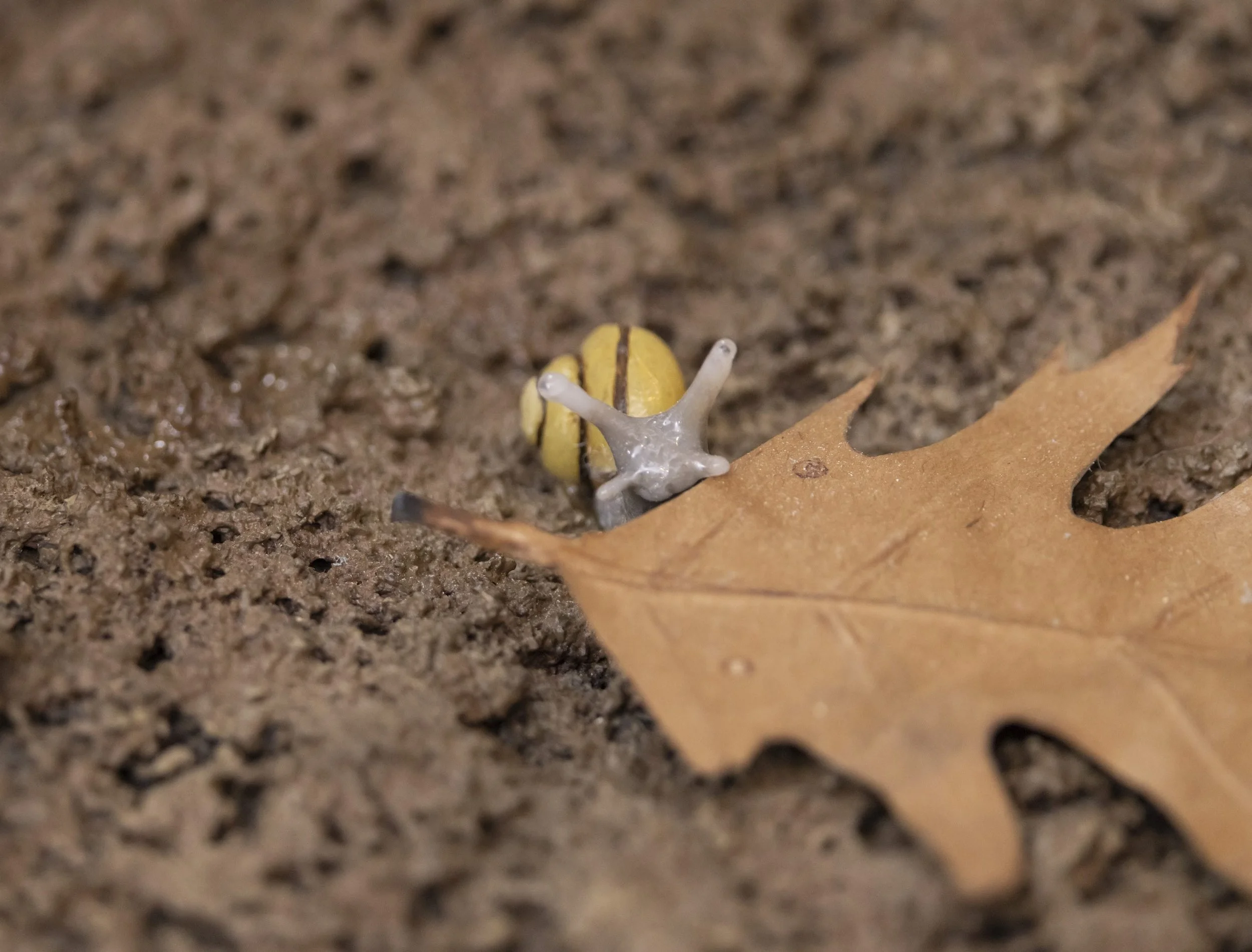"I Cannot Be a Meal, But I Can Be a Garden" Exhibition Proposal
Artist statement
When you get a potato, you have a set idea about what it's supposed to be and why it's useful. Say you're going to use it to make hash browns: that's how it succeeds as a potato, by being hash browns. If the potato sprouts, suddenly it's not useful for that anymore. It's ruined. You have to completely shift your outlook to what it can be now - a houseplant, a way to grow more potatoes - for it to once again be something of value.
That's very much the process I've gone through with my life as a disabled person. Growing up, I had very clear ideas about how success was measured. I understood what my life needed to look like. And over time it became clear that with my health...it was never going to look like that. So I thought I was useless. It took me a long time to realize that I still have value, from my love and friendship to the art I put into the world.
Sometimes I still mourn the hash brown I thought I was going to be, or worry that people think a house plant is less than. But I've come a long way to seeing the value in my houseplant self. I cannot be a meal, but I can be a garden.
Description of Exhibition
“I Cannot Be a Meal, But I Can Be a Garden” centers on the form of an 8-foot-long dining table, which evolves from traditional place settings to soil, roots, flora and fauna. At one end sits a sprouted potato on a clean white porcelain plate surrounded by delicate crocheted lace: in this context, it is spoiled and useless. As the place settings progress, they begin to disintegrate: the tablecloth frays and knots into roots; the surface of the table roughens until it becomes soil; the plates break down until they become stones. A potato plant grows through the far end, with underground tubers below and the flowering leafy plant above. There are insects, isopods, mammals, amphibians, fungus - a whole ecosystem of life.
The underside of the table offers more glimpses into the workings of this patch of garden, with populated underground anthill chambers, earthworms, mycelium, and more. A mirror will be used to make viewing this portion accessible (with the possible addition of hand mirrors available for closer individual exploration).
The installation includes an aural component: two overlapping zones of ambient sound transition from the subtle clink of silverware on plates and glasses raised and lowered to bird calls, the buzz of insects, and a breeze rustling leaves.
Approximation of the audio experience of walking the length of the “I Cannot Be a Meal, But I Can Be a Garden” installation:
For a larger exhibition, “I Cannot Be a Meal, But I Can Be a Garden” can be shown in conjunction with (de)composed.
Equipment/Materials Requirements
Minimum 15x20’ space
4 speakers, ideally directional
Spotlights
Non-track-based spotlights for illuminating underside of piece
Ability to suspend a small piece from the ceiling (piece weighs under 5oz)
Potential Public Programs
Sprouted Potato Block Printing
Another way sprouted potatoes can have a new life! Using potatoes that would otherwise be thrown away, participants will create their own block printing stamps (can be done on paper, or on fabric to create functional art).
Equipment/materials requirements for workshop:
Tables
Chairs
1 sharp kitchen knife
Cutting board
Craft knives and/or carving tools
Acrylic paint or fabric paint
Sponge brushes or small sponges
Potatoes
Artist/Curator Q&A
I enjoy speaking about my work and process, and my favored format for that is a Q&A. I find this setup most conducive to developing an open dialogue, and I feel it encourages audience participation.


















